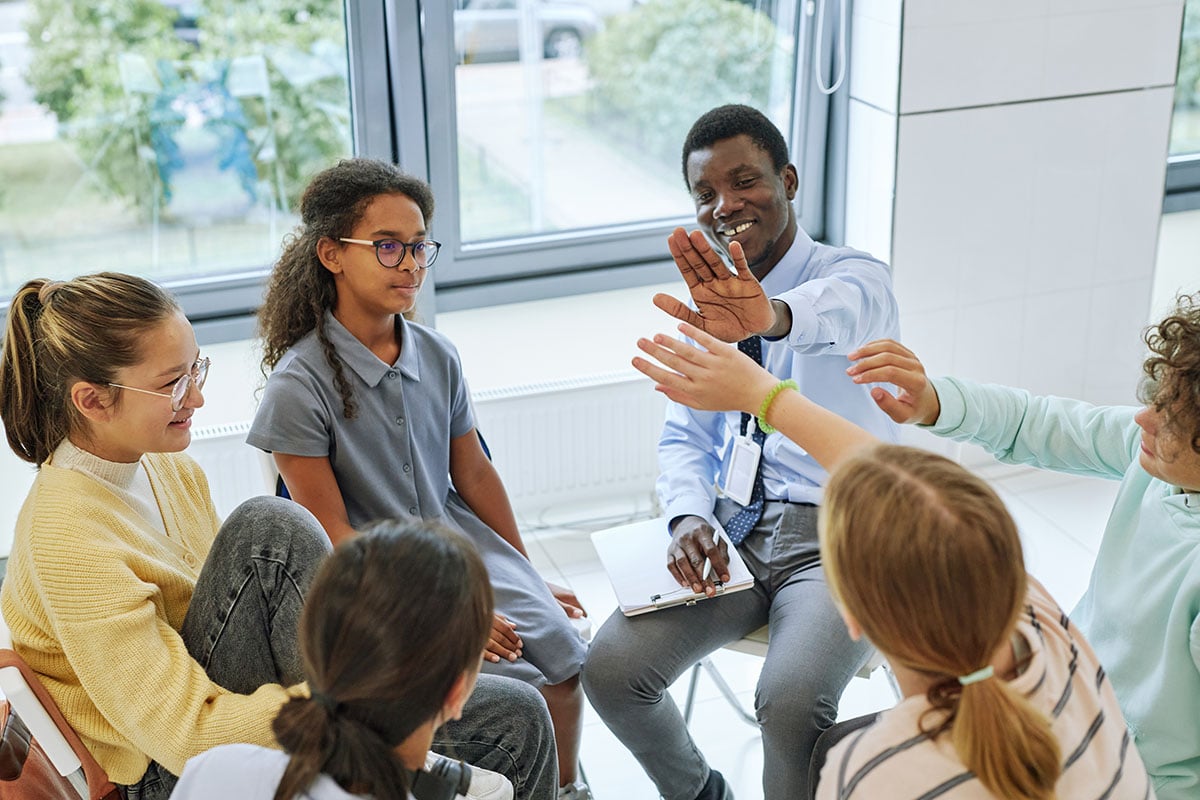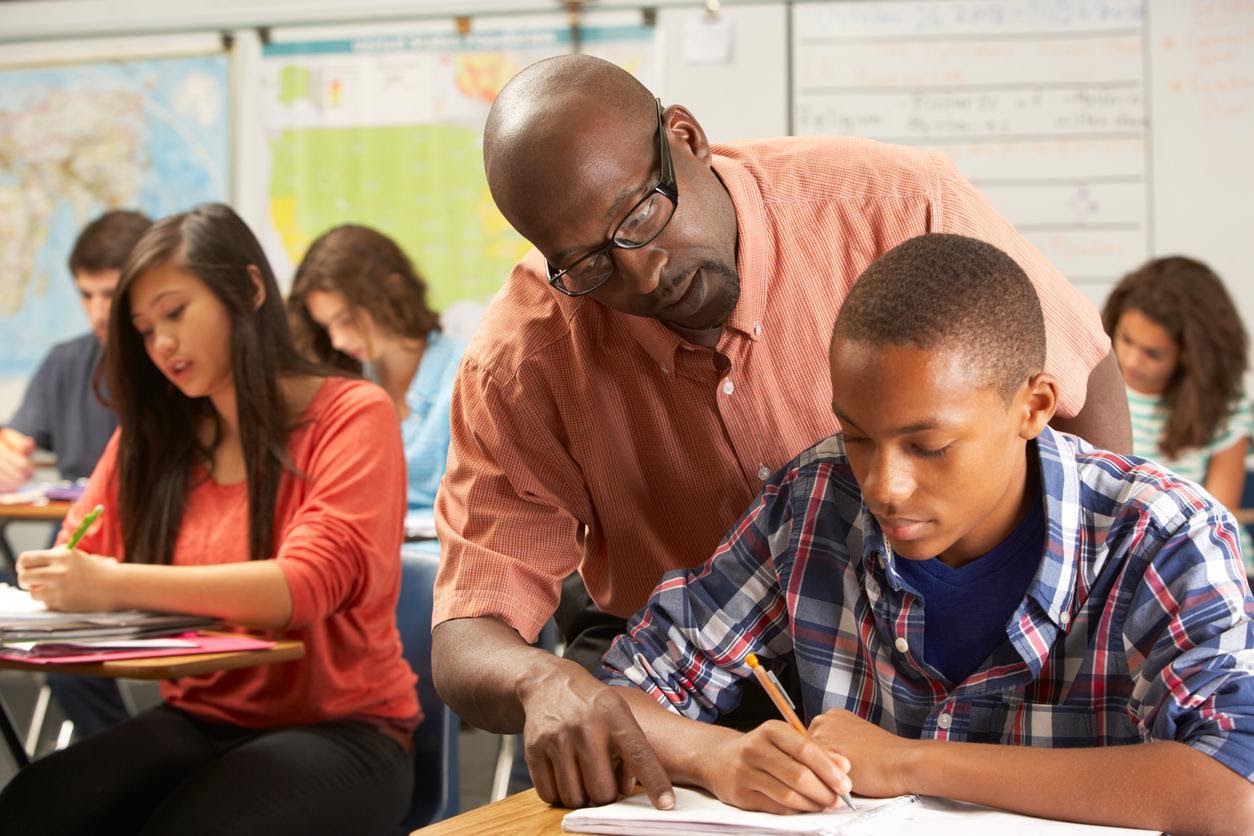Blog
Key Strategies for Building Trust in the Classroom
“The secret in teaching lies in respecting the student.”
–Ralph Waldo Emerson
Building trust in the classroom can seem like a daunting task, especially when factors like resource availability and family influences are mostly outside a teacher’s control. However, teachers do have a strong tool for building trust within their classrooms: building relationships—those between teachers and students, and those among students.
Build a Classroom Community
Relationship-building must be intentional in classrooms. Everyone wants to feel seen and valued, but not all young people can find that for themselves, or know how to be present for others. Teachers and structured activities have an important role to play here, and the earlier group norms and understandings are developed, the safer and more encouraging the classroom space will be.
Try a group-building activity. Get to Know You and Establish Group Norms is designed to build trust. Doing this activity before other relationship-building activities helps establish a foundation for future work. Participants, including teaching staff, get to know each other by exploring what they have in common, and what differentiates them from the others. Then participants discuss what they need from the group to feel comfortable sharing thoughts and feelings.
Another foundational, more individualized relationship-building activity is 2 x 10: Getting to Know A Student. Here, teachers spend two minutes a day for ten days getting to know a student with whom they wish to foster a positive relationship.
Give Wise Feedback
Building trust and learning in the classroom is often about lifting up students, communicating high expectations, and your belief in their ability to reach those expectations. Everyone should feel valued and challenged, and be valued and challenged by their peers. This is the basis of giving wise feedback and creating a culture of respectful, encouraging classroom communication. It is also an effective method, for teachers of middle and high school students, to give feedback that builds students’ academic mindset, trust, and positive identity.
Stereotype Anxiety
All students want to be successful, but some face more barriers than others in reaching their dreams. Stereotype threat—or the anxiety that results from the possibility of being reduced to a negative stereotype based on group membership—is one such barrier.
Research shows that by the time students reach 7th grade, they are aware of negative stereotypes associated with their racial, ethnic, gender, or other group membership, and they may be concerned that their teachers believe these stereotypes. Teachers unknowingly confirm this belief in many ways, including giving remedial schoolwork or overpraising students’ efforts.
If this is experienced often, a student may stop caring about a particular subject area or even academic success in general.
However, research shows that by communicating high expectations and a belief in students’ ability to meet those expectations, or “giving wise feedback,” teachers can assure students that they are not being judged based on a negative stereotype—instead, they are being seen in their full humanity.
This not only builds trust between teachers and students, but it also helps students to view themselves as academically capable—thus enhancing their academic identity as learners and, hopefully, lessening the effect of any future stereotype threat.
Respect Matters
Trust is a core feature of effective schools and learning. According to a recent long-term study of 400 Chicago elementary schools, relational trust is grounded in the social respect that comes from the kinds of social interactions that take place across the school community. Respectful exchanges are marked by genuinely listening to what each person has to say and by taking these views into account in subsequent actions. Even when people disagree, they can still feel valued if others appear to respect their opinions.
As teachers and students interact with one another around the work of schooling, they can’t help but sense the intentions underlying each other's actions. They consider how others' efforts advance their own interests or impinge on their self-esteem. In a positive scenario, this can build trust and camaraderie in the classroom. If, on the other hand, a student feels ostracized or talked down to, for example, or a teacher is disrespected, this can lead to a deterioration of the classroom environment.
Building trust is about creating respectful relationships to empower young people to follow their dreams. A comprehensive approach to making this happen can be found in the Developmental Relationships Framework. When young people experience these Developmental Relationships in their families, schools, programs, and communities, they are more likely to be resilient in the face of challenges and to grow up thriving.
For further resources, visit the Search Institute Resources Hub, a research-based collection of tools, activities, measures and other resources designed to support you in helping young people succeed and thrive.





